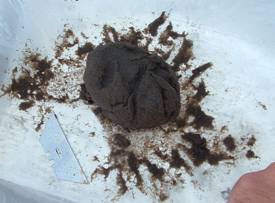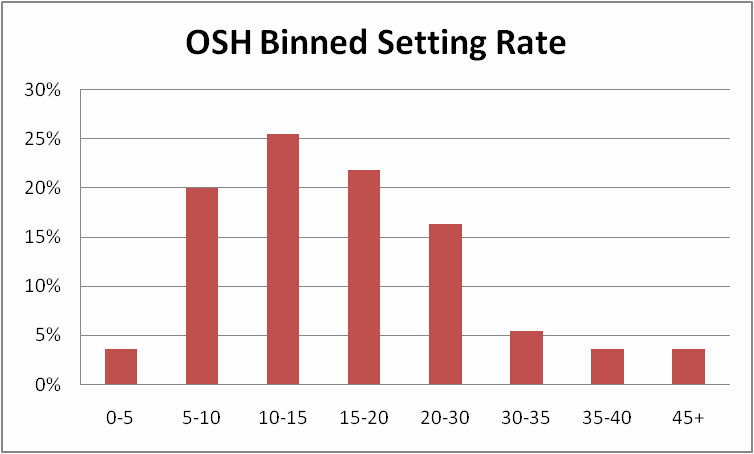Oyster Seed Holdings, LLC
"Facilitating the creation of premier oyster larvae and seed."
425 Callis Wharf Road
Grimstead, VA 23064
ph: 804-725-3046
info
Larval Production
Eyed Larvae:
Oysters have a complex life cycle that consists of two stages: the first being a planktonic free-swimming stage lasting 2-3 weeks followed by a benthic, sedentary stage lasting the remainder of the oysters life, the two being joined by a metamorphosis. Eyed larvae is produced in the hatchery by rearing larvae through the complete larval phase, but removing them from culture just prior to metamorphosis. Once removed from culture eyed larvae can be stored in refrigeration for up to five days, then put back into water and allowed to settle and metamorphose. This product is most often used by remote setting facilities who add eyed larvae to large tanks filled with conditioned water and clean, whole oyster shells. The result is multiple larvae settling on each oyster shell, a product known as spat-on-shell.
OSH prides itself on providing the buyer with the “hottest” eyed larvae possible. Hot refers to a larva’s readiness to set. The more ready or “competent” larvae are, the closer they are to settlement and subsequent metamorphosis. More competant larvae translates to higher return for the remote setter.
More information on the use of eyed larvae for remote setting can be found in “A Practical Manual for Remote Setting in Virginia”, available from Virginia Sea Grant at http://web.vims.edu/adv/frg/pubs

 Above is a chart displaying the setting rate for 55 sets completed using OSH larvae in 2010. Total resulting spat-on-shell planted was in excess of 150 million. Data was collected by a third party.
Above is a chart displaying the setting rate for 55 sets completed using OSH larvae in 2010. Total resulting spat-on-shell planted was in excess of 150 million. Data was collected by a third party. Setting rate is a percentage calculated by dividing the number of set oysters at the time of planting by the number of larvae originally added to the tank. Each column represents the percentage of the 55 sets that had a setting rate falling within the range displayed below each column. Setting rate ranged from 1.3% to 58% with an average of 17.4%. Of the 55 sets, 76% of sets had a setting rate greater than 10%. In general setting performance was better earlier in the season.
425 Callis Wharf Road
Grimstead, VA 23064
ph: 804-725-3046
info